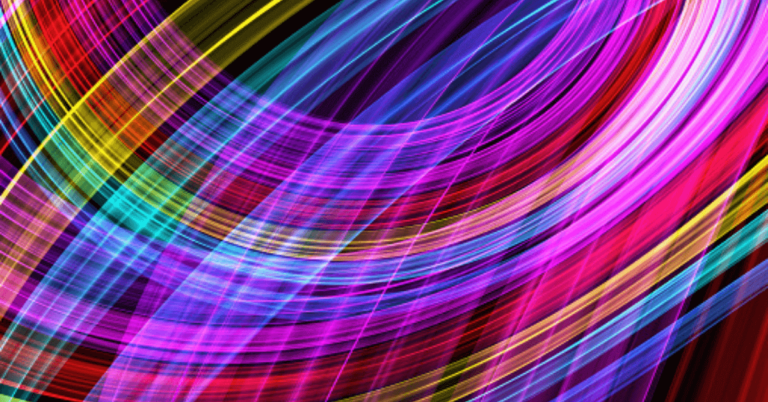
Spectrum Graphics is an Arizona based Graphic Designers business serving your community in Maricopa County AZ, 8299. We are located at the corner of Second Avenue and Broadway Avenue, Suite # 101, Phoenix, Arizona. If you have an idea that may be of interest to the citizens of this area and you want to use it to make a political campaign issue, Spectrum Graphics can help you. They will draw up your design and marketing materials and create the exact visual impact you are seeking.
When you contact us for assistance we will first determine if you require flyer, brochure or sign design and what artwork will be best suited for that purpose. We will work with you to determine your colour palette, how you want the artwork to appear, and how many colours you will want in each colour group. After this we can come up with an original palette of colours and images that you can choose from. In this article, we’ll cover the basics of working with Spectrum Graphics.
A simple way to get the most out of your colour palette is to go with a dither effect on the paper. There are many different software programs that you can use that automatically do this, but it can be done manually as well. The basic idea behind a dither effect is to take one monochrome (black) colour and create a “divergence” or “livening up” effect by throwing another colour into the mix. This creates contrast and emphasis within the image. Here’s a quick example:
If you are working with a single colour palette, you may only need a single “tone” of color within your image. This will depend upon the quality of the printing company that you are using and the type of presentation that you are making. There are no restrictions on the colour palette that you can use; it is strictly a matter of creative thinking.
Spectrum Graphics is based upon a color wheel – which means that the values in your image are always generated in the form of a square array. These values can be generated on a horizontal or vertical plane, but their composition is dependent upon the horizontal and vertical axes of the wheel. Let’s use our imaginary wheel for a moment. Every square cell on the wheel contains one colour – regardless of what the underlying hue is. The cell that lies nearest to the middle is the most “transmissive”, which means that other components of the image will also be drawn through the palette in the same range as the hue that is contained in that particular cell. The more colours that are in the palette, the more variety and richness there will be to the final image.
It is important to understand that a lot of time and effort is required to get a very good quality image out of your coloured palette. You may have a perfectly acceptable range of colours in your tone map, but if you have a poor contrast between colours you are not going to get an attractive look. The most effective thing to do is to draw a basic spectrum and then tweak it slightly by adjusting the values in your tone map. This is actually a lot easier than doing the whole image in the first place, since it makes sense to just erase and redraw the image several times in order to make the changes that you want. If you cannot see how to do this quickly, then consider taking some training in a drawing program, or perhaps watching somebody do it.
One of the keys to making effective spectrum images is to keep a good dither pattern going. Basically this means drawing different colour channels through all of the shades in your palette, then tiling them up (or down) to create the image of your choice. The way in which you do this is by using three different channel levels – red, blue and green. By varying the luminance values, and using different amounts of saturation you will be able to vary the depth of the colours as well. One of the advantages of using dither is that the colours tend to merge, creating a very natural looking effect.
Another important step that you will need to take when creating your graphic is to decide on what hue to use for your palette. For instance, if you are using a red and green combination, then you will want to use two different hues for the lower half of the image, and a single hue for the upper half. If you are looking to create a more unusual effect, then you can use combinations of two or three colours, alternating between the colours in your palette. The easiest way to get a good feel for how a particular combination works, is to simply play with different values of your hue in order to get a variety of effects. Remember that your palette should be made up of the primary colours – red, blue and yellow – with some secondary ones thrown in as well. You can create a spectrum by mixing in any of these colours to create a beautiful effect that will really stand out.
